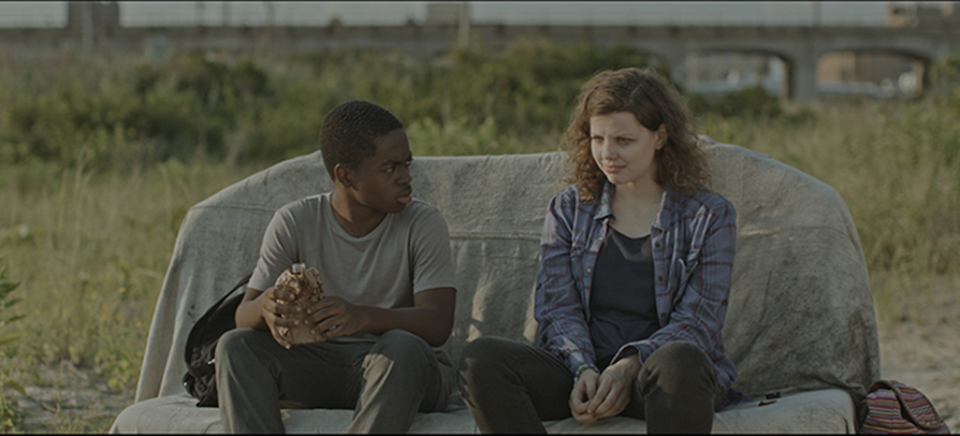Film Review: The Transfiguration
Gritty Urban Horror-Drama Contemplates The Sad Life Of A Vampire Wannabe


I’m a vampire
Latest Article|September 3, 2020|Free
::Making Grown Men Cry Since 1992


I’m a vampire